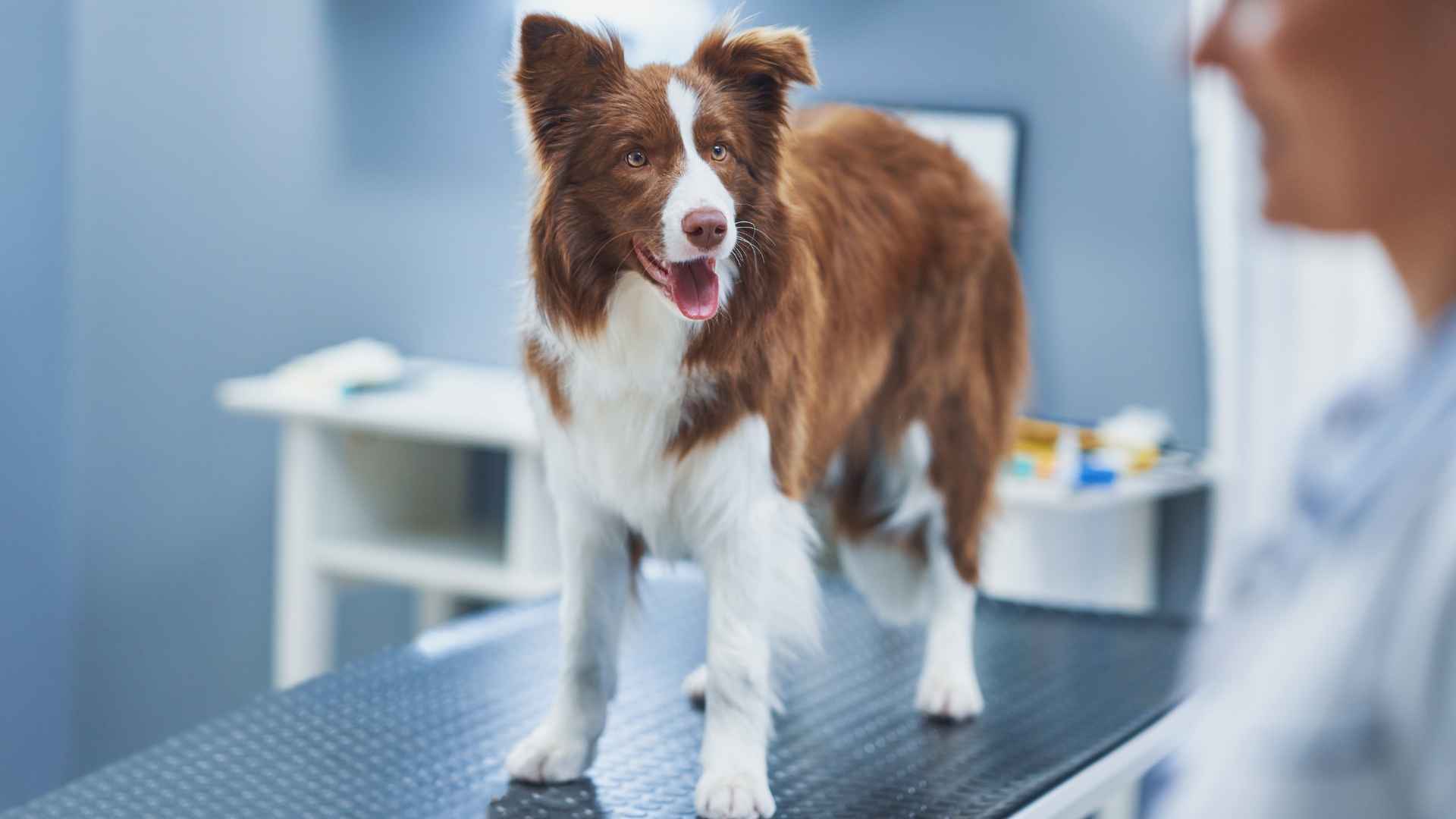Some dogs seem to breeze through life with fewer health issues, more time chasing tennis balls, and far fewer vet visits. While no breed is totally immune to trouble, certain dog breeds are naturally healthy, with strong genetics and relatively few genetic conditions.
In fact, did you know that some of the smallest dogs tend to have the longest lifespans of 14–16 years? They generally stay healthy, needing only moderate exercise and basic joint and dental care to thrive.
Choosing dogs that rarely visit the vet can mean fewer trips, lower vet bills, and a happier home life. Their natural resilience makes them easier to care for, especially when paired with a balanced diet, mental stimulation, and regular indoor play to help them stay sprightly into old age.
These hardy dogs may still need checkups to catch early signs of joint issues or genetic diseases, but their solid genetics and surprising calmness make them some of the healthiest breeds you can welcome into your life.
Dog Breeds That Rarely Visit The Vet
1. Australian Cattle Dog
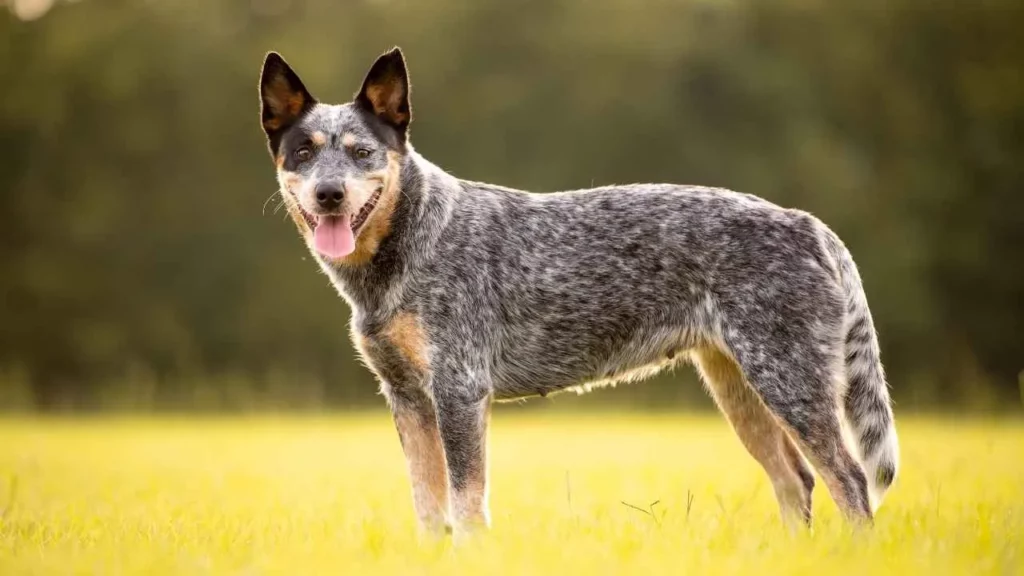
Descended from the dingo and bred to work alongside ranchers, the Australian Cattle Dog has a well-earned reputation as one of the most robust working dogs.
Known for their sharp intelligence, stamina, and boundless energy, these working dogs come in two classic colors—blue or red speckle—earning them the nicknames “Blue Heeler” and “Red Heeler” for the way they nip at the heels of other animals while herding.
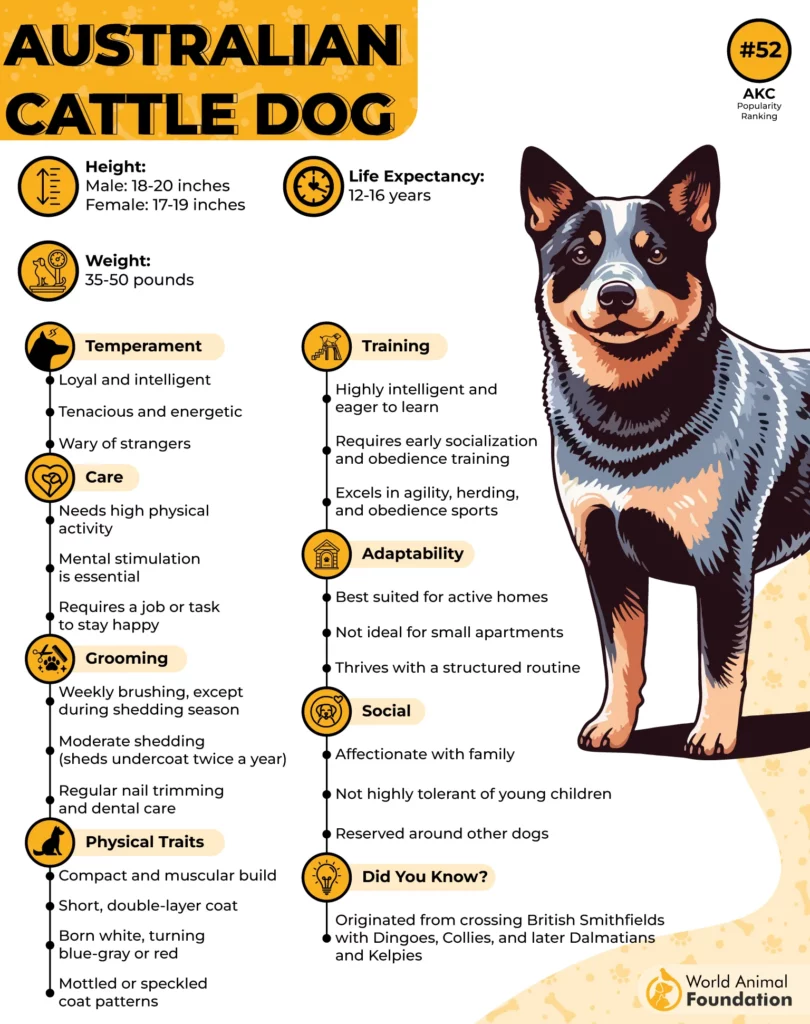
When it comes to dog breeds that rarely face major health issues, the Australian Cattle Dog stands out with strong genetics, relatively few genetic conditions, and a natural resilience that helps them stay sprightly well into old age.
These healthy dogs may still need routine vet visits to catch early signs of joint issues like hip dysplasia, but compared to many breeds, they have fewer health problems and can enjoy long, active lives with the right care.
2. Border Collie
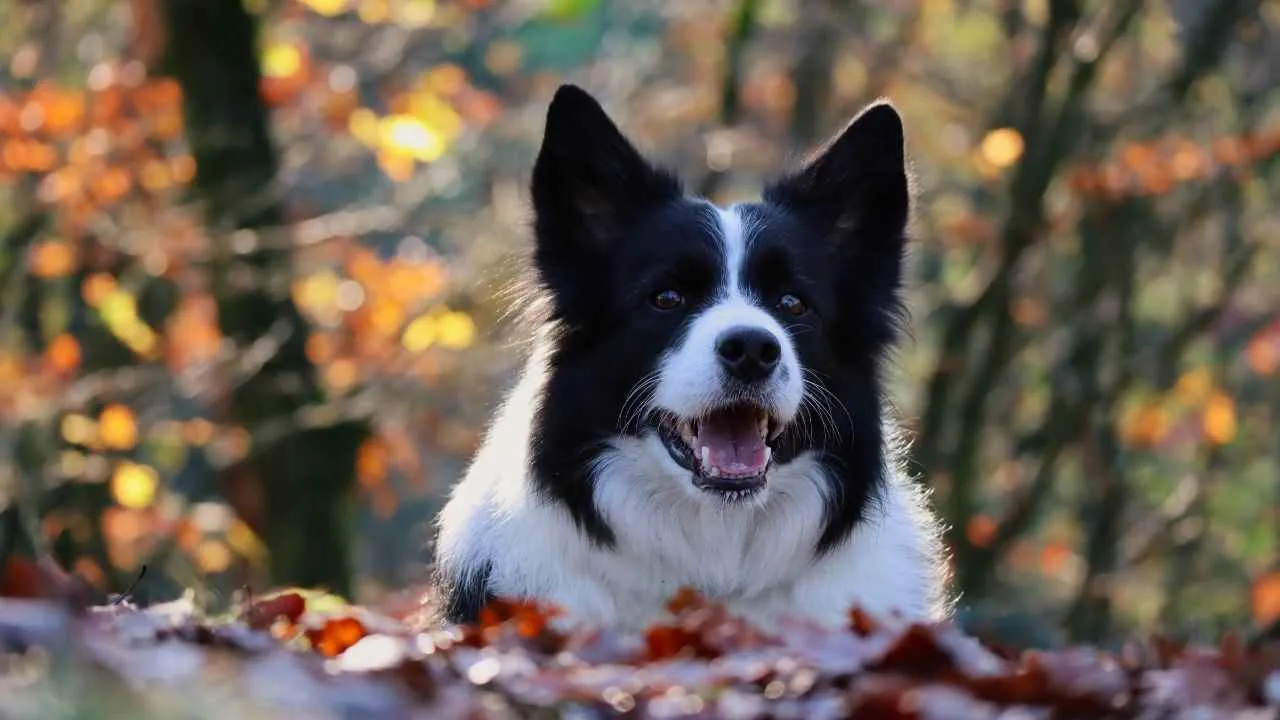
A true dynamo, the Border Collie is a healthy dog with unmatched intelligence and stamina. Bred as working dogs, they are medium-sized herders with a muscular yet nimble build, standing 18 to 22 inches tall. AKC mentions that they are known for their intense “herding eye” and lightning-fast reflexes.
These dogs excel in agility, obedience, and any activity that keeps them mentally engaged.
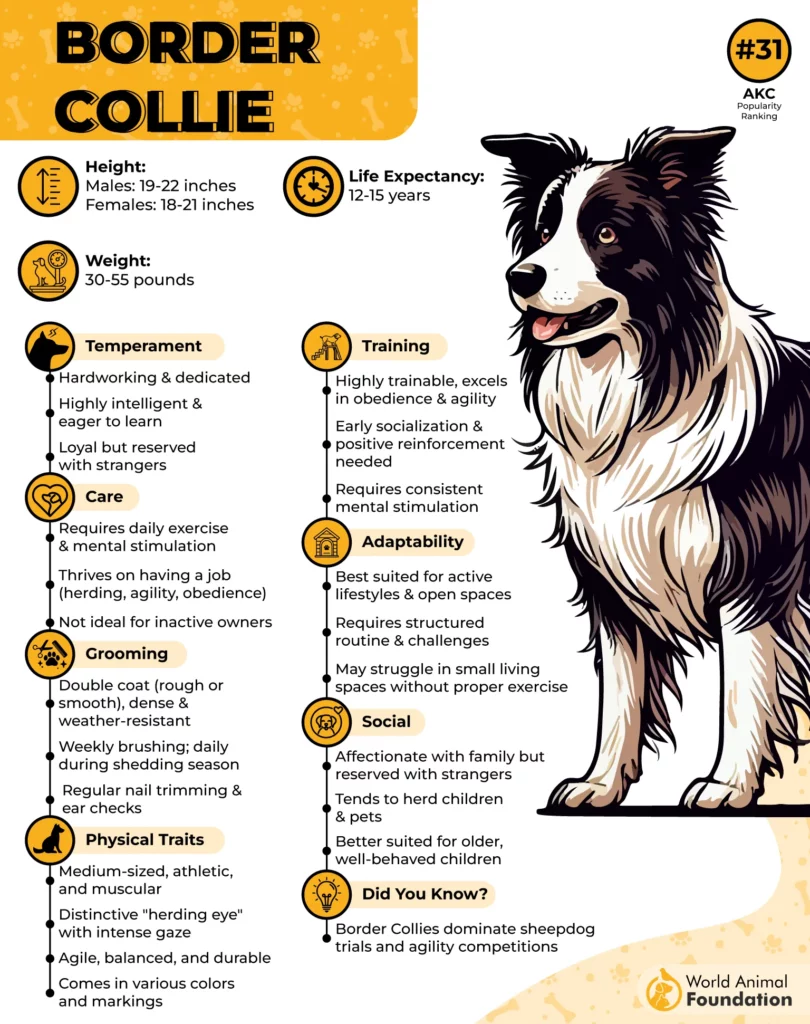
While Border Collies are among the dog breeds that rarely face serious health issues, they can be prone to certain genetic conditions like Collie eye anomaly. Still, with strong genetics, proper care, and responsible breeding to reduce genetic diseases, they tend to live well into their mid-teens.
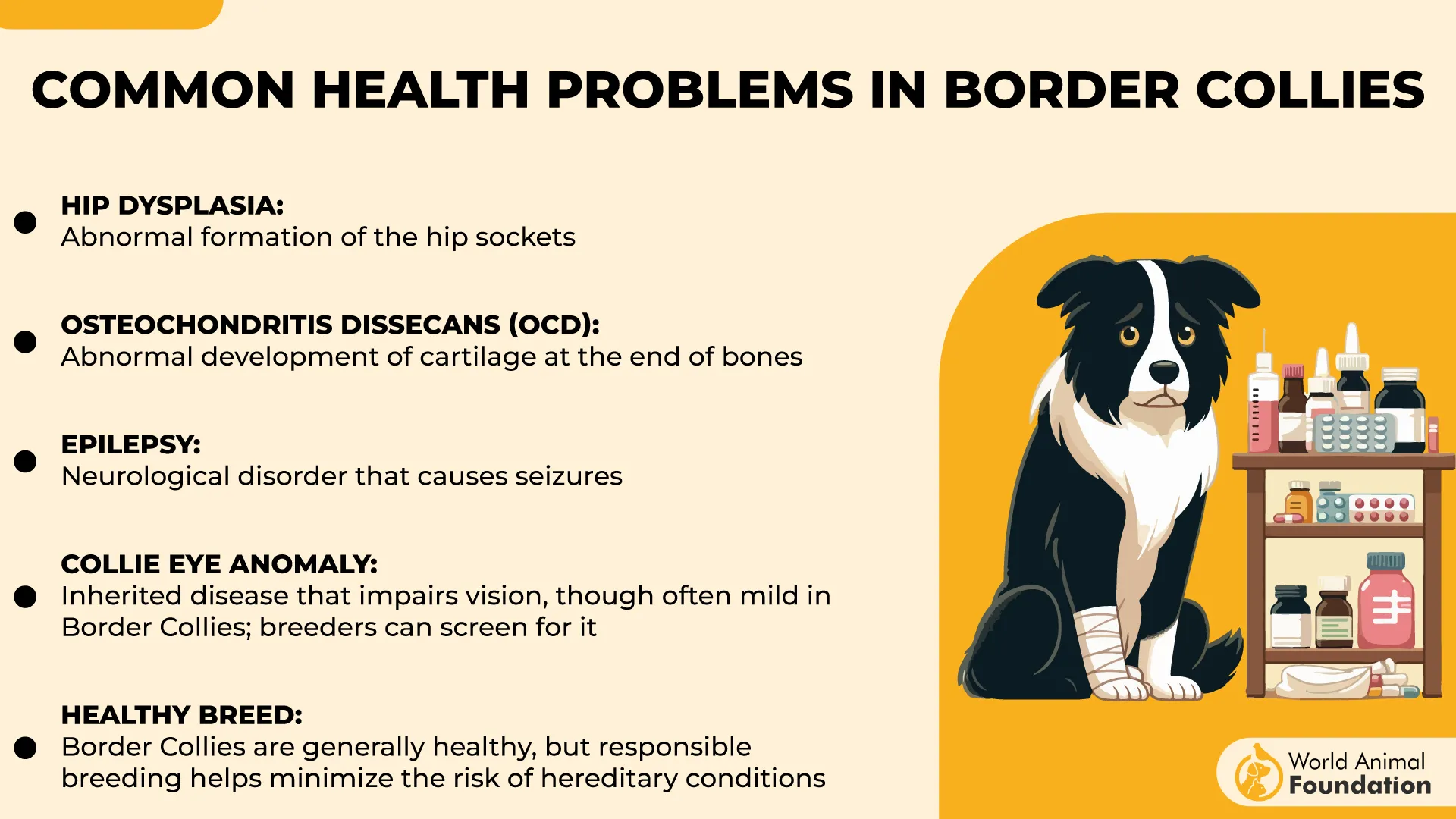
Their natural athleticism, surprising calmness after a busy day, and natural resilience make them one of the healthiest dog breeds for families who can meet their needs for activity.
3. Beagle
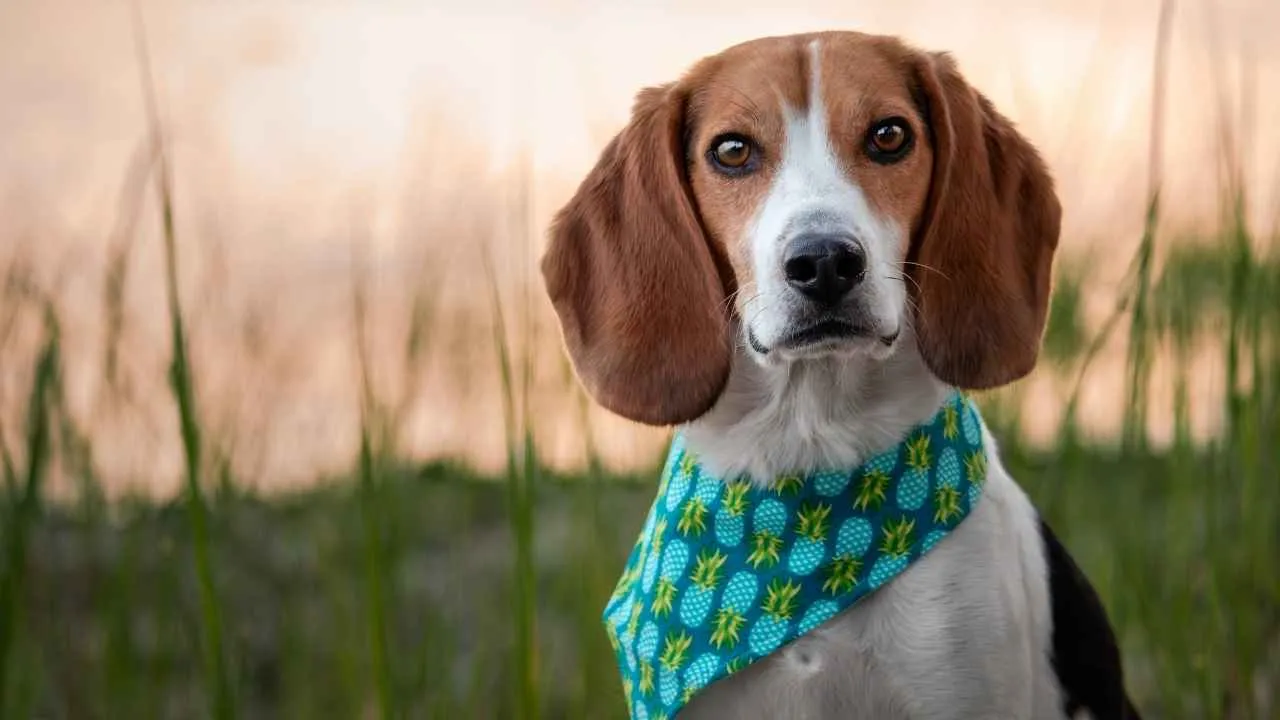
The Beagle is a healthy dog with a happy-go-lucky personality, making it one of the most beloved dog breeds for families. Compact yet sturdy, Beagles were bred to hunt in packs, which explains their sociable and affectionate nature.
Their big brown eyes, long floppy ears, and cheerful expression make them irresistibly cute. Known for being curious, clever, and playful, they thrive with mental stimulation, regular walks, and moderate exercise that keeps them mentally engaged and out of trouble.
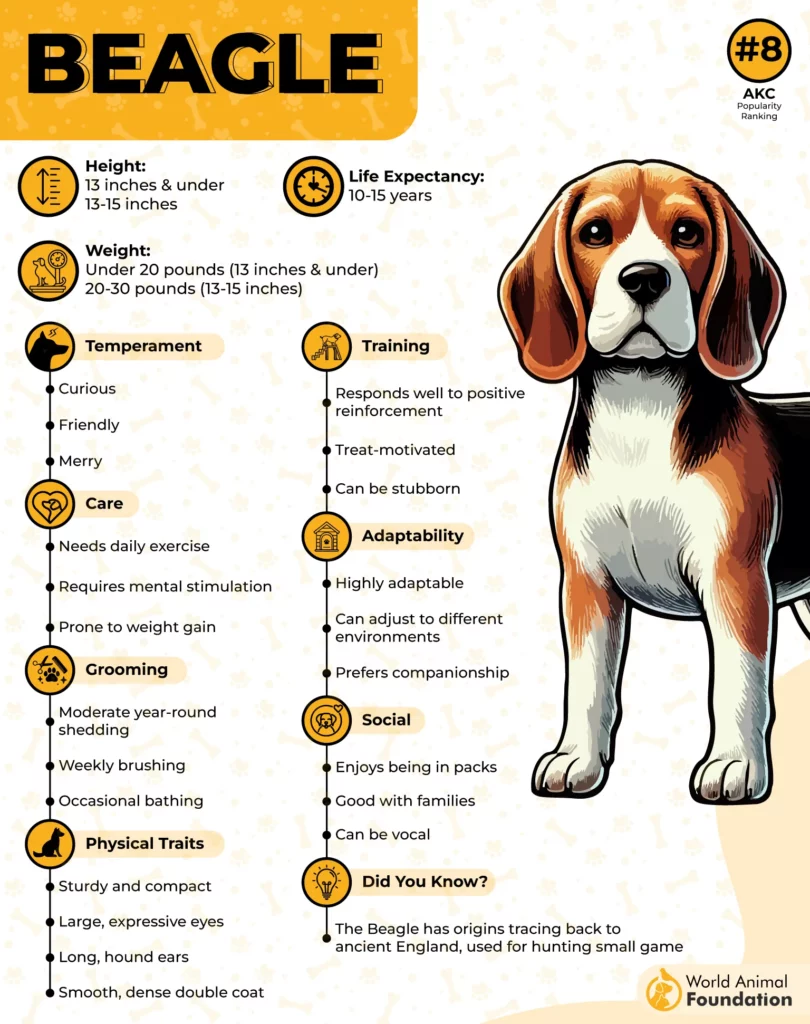
These pups typically need vet visits only for the basics—vaccinations, checkups, and the occasional snack-induced bellyache. Their compact size means joint and hip problems are rare, and minimal grooming keeps them low-maintenance.
Of course, keeping a balanced diet and monitored feeding is key, since their love for food can lead to weight trouble.
4. Basenji
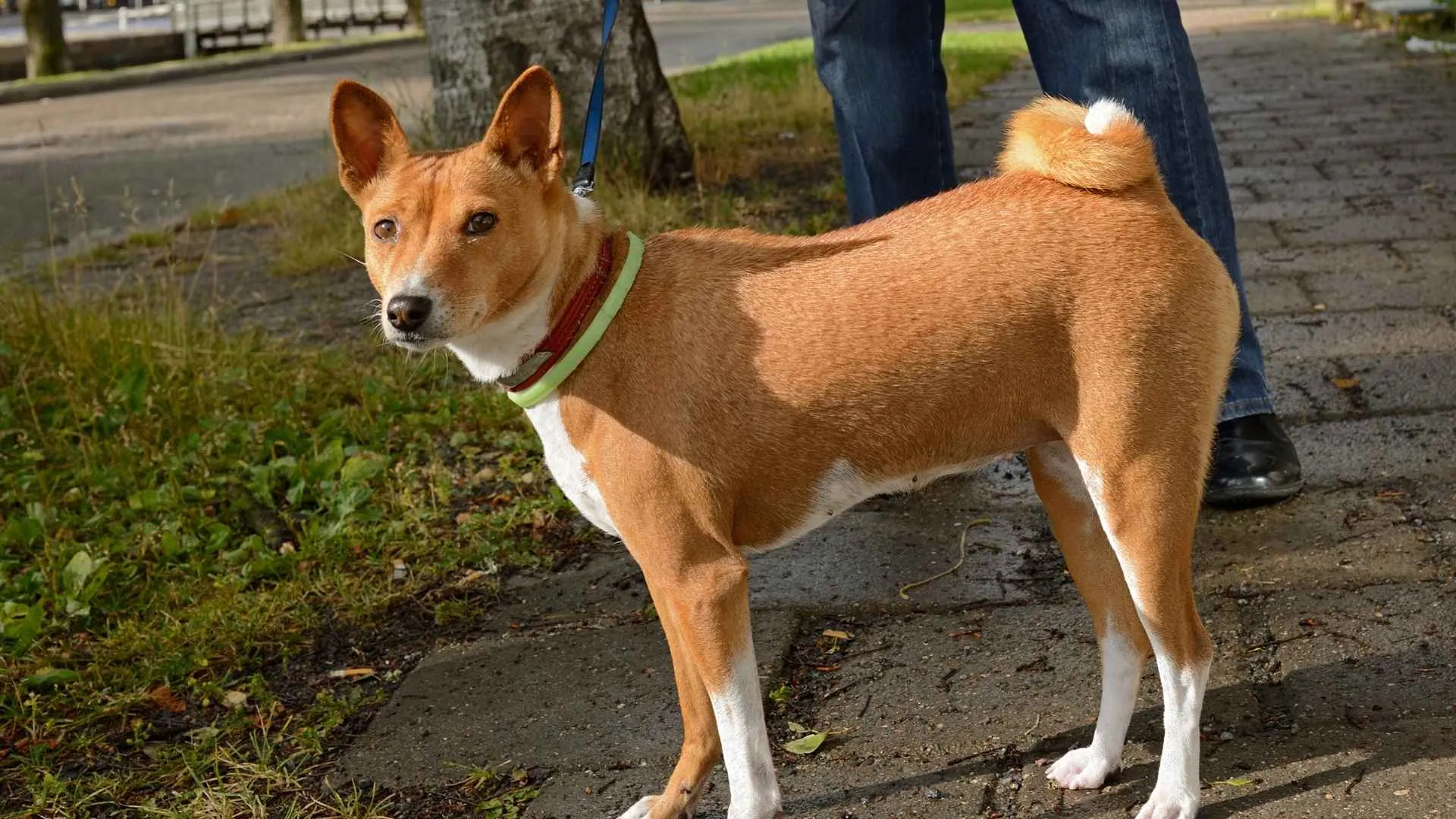
WebMD states that the Basenji is one of the most unique dog breeds, often called the African “barkless dog” because it doesn’t bark, though it does yodel.
Known for its catlike cleanliness and independent personality, this generally healthy dog is a low-maintenance companion with short, easy-care coats and naturally clean habits.
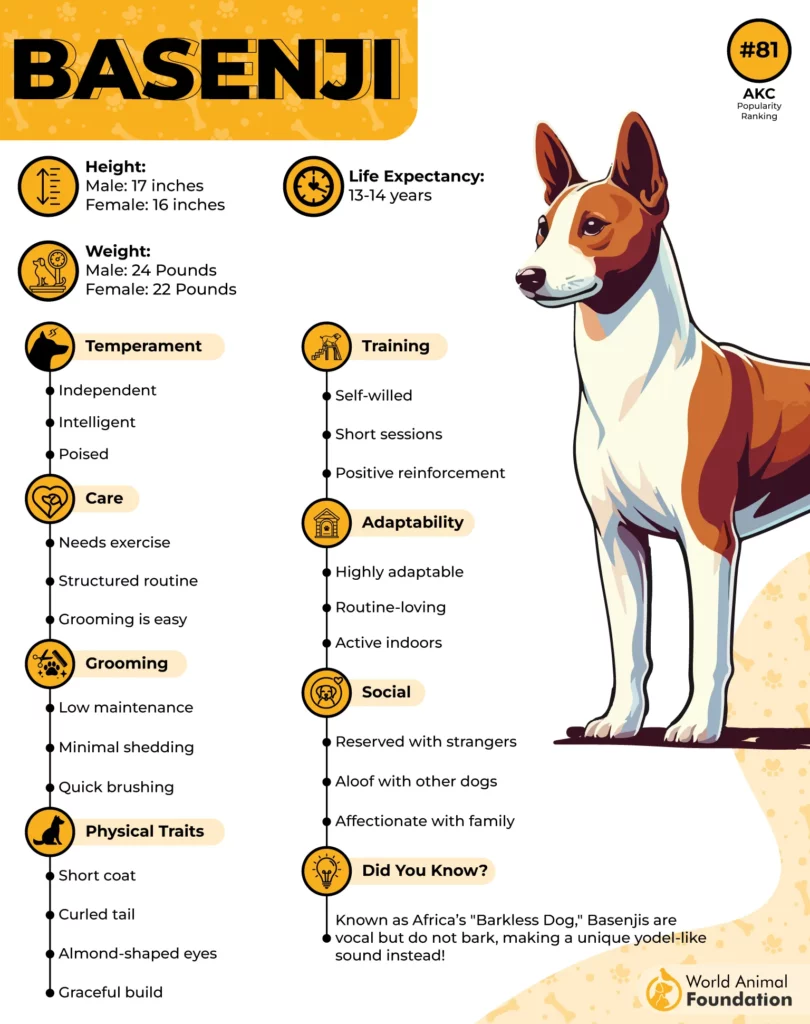
Basenjis thrive with mental stimulation, moderate exercise, and a stable home life, making them surprisingly easy to care for when compared to more high-maintenance breeds.
When it comes to dog breeds that rarely experience serious health issues, the Basenji stands out. They have strong genetics, relatively few genetic conditions, and a natural resilience that helps them stay sprightly well into old age.
Though they can inherit Fanconi syndrome, a kidney condition, early signs are easily detected with genetic testing, making it manageable. These hardy dogs rarely face joint issues, digestive trouble, or excessive grooming needs.
5. Chihuahua
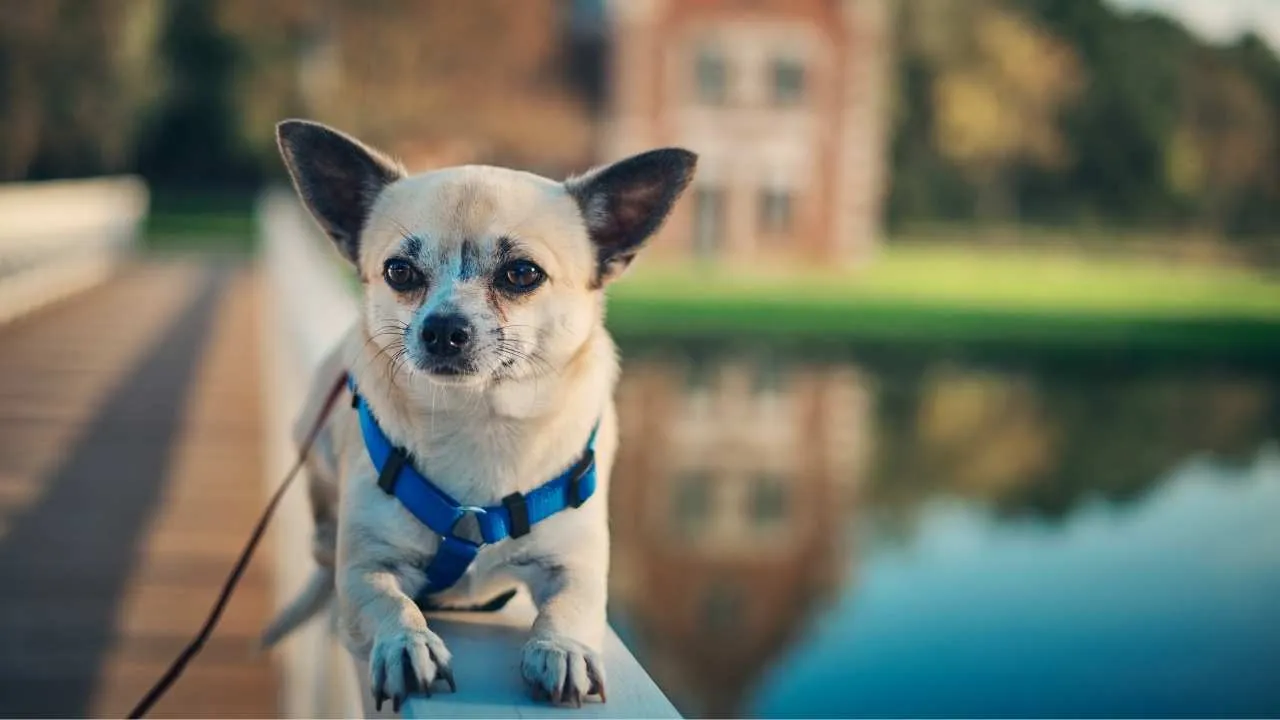
The Chihuahua, the smallest dog breed, is named after the Mexican state where it was first noted in the 19th century. Despite their tiny frames and big personalities, these bold pups are surprisingly sturdy and make spirited companions, especially for apartment living.
With minimal grooming needs, a variety of coat types, and a naturally lively attitude, they thrive with regular indoor play, mental stimulation, and just moderate exercise to stay balanced and mentally engaged.
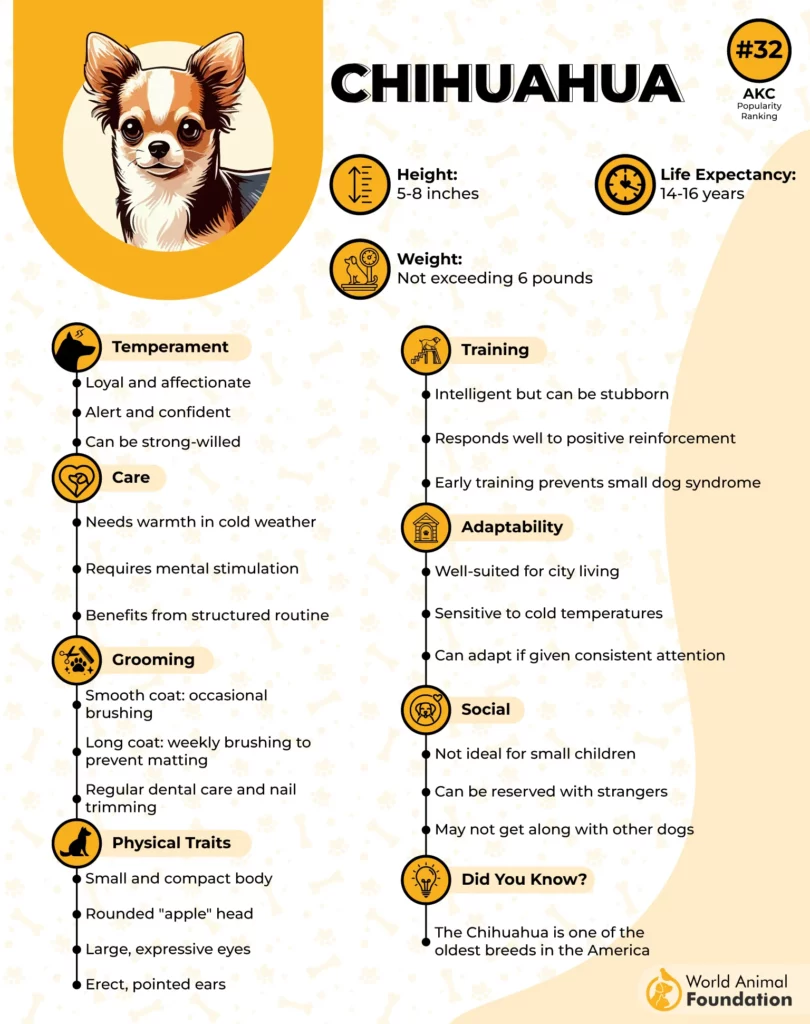
When it comes to dog breeds that rarely experience major health issues, the Chihuahua credit goes to their strong genetics and natural resilience, helping them live an impressive 14 to 18 years.
Their small size means they face fewer joint issues, but joint and dental care remain important to catch early signs of problems.
With monitored feeding to prevent obesity and routine vet visits for basics like periodic heart screenings, these generally healthy dogs stay sprightly into old age.
6. Shiba Inu
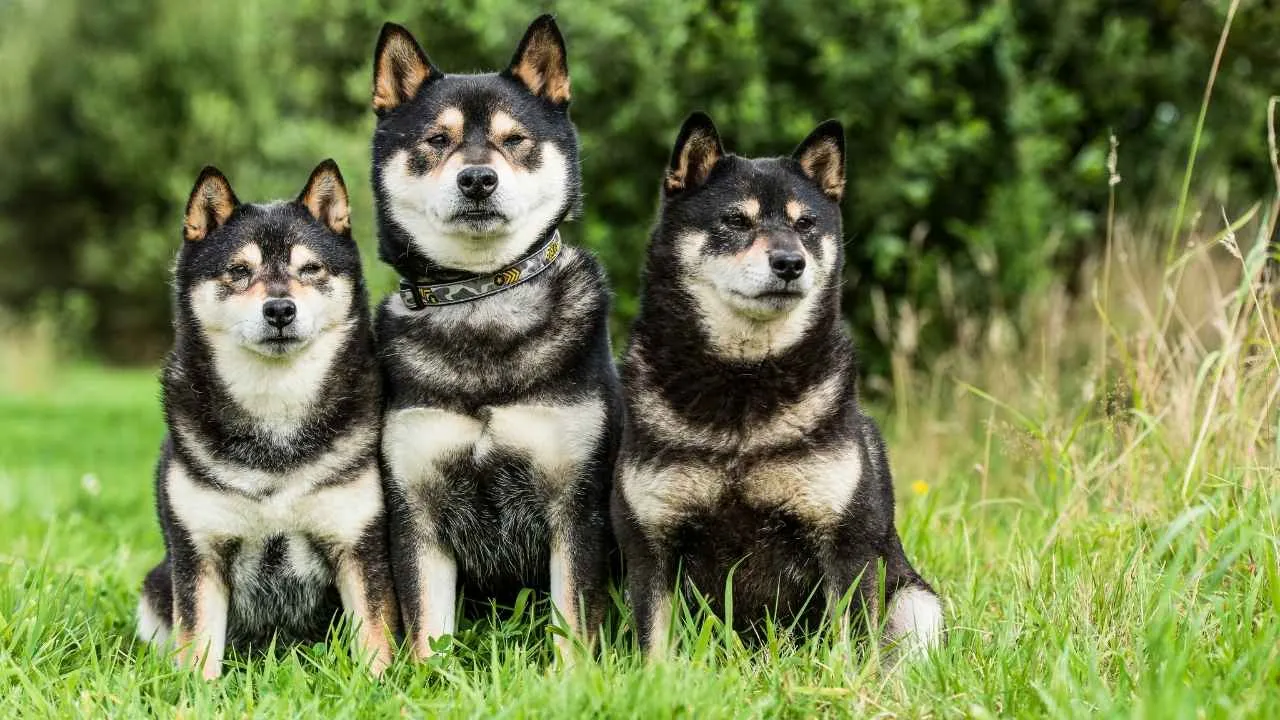
The Shiba Inu is an ancient Japanese breed once used for hunting and is now the most popular companion dog in Japan. Compact yet muscular, they have a foxlike appearance with red, sesame, or black-and-tan coats accented by white markings.
Confident, spirited, and independent, they fit well into both city apartments and rural homes. Their calm yet alert nature makes them both charming and self-reliant companions.
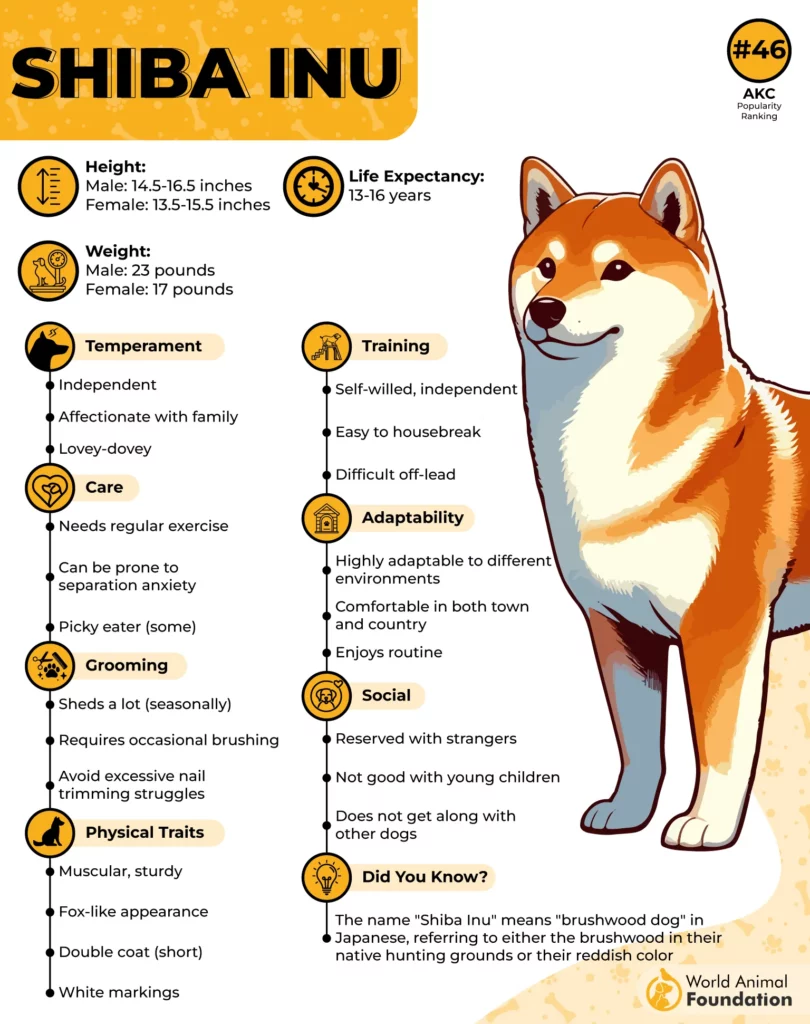
Despite their plush appearance, Shiba Inus are surprisingly low-maintenance and very resilient. They tend to groom themselves like cats, keeping their coats naturally clean with minimal effort.
Most live 12–15 years with few medical concerns, though some may develop joint problems later in life. With regular exercise, a calm environment, and occasional checkups to monitor their health, these dogs stay active and content well into their senior years.
7. Belgian Malinois
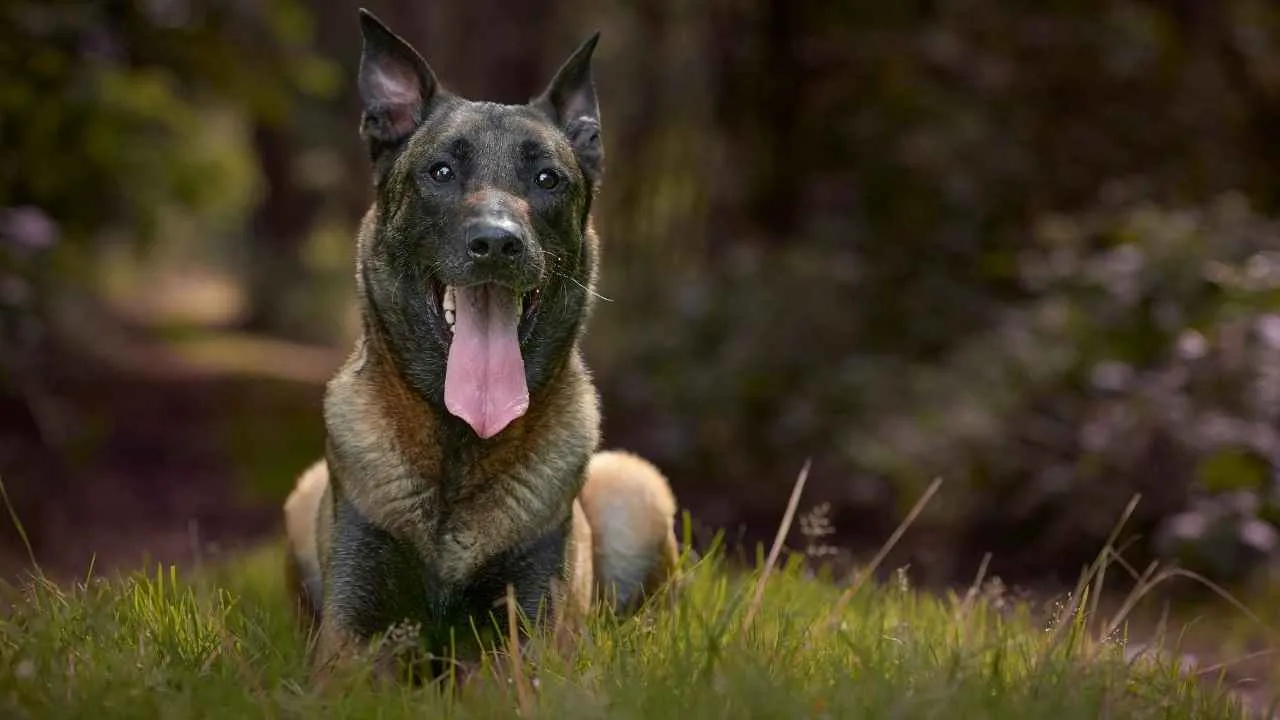
The Belgian Malinois is a smart, confident, and versatile dog with an incredible work ethic. Squarely built and athletic, they carry themselves with pride, their alert expression framed by dark, intelligent eyes and a sleek coat ranging from fawn to mahogany with a black mask.
Originally bred as herding dogs, they’ve since become known for their remarkable skills in obedience, detection, and protection work.
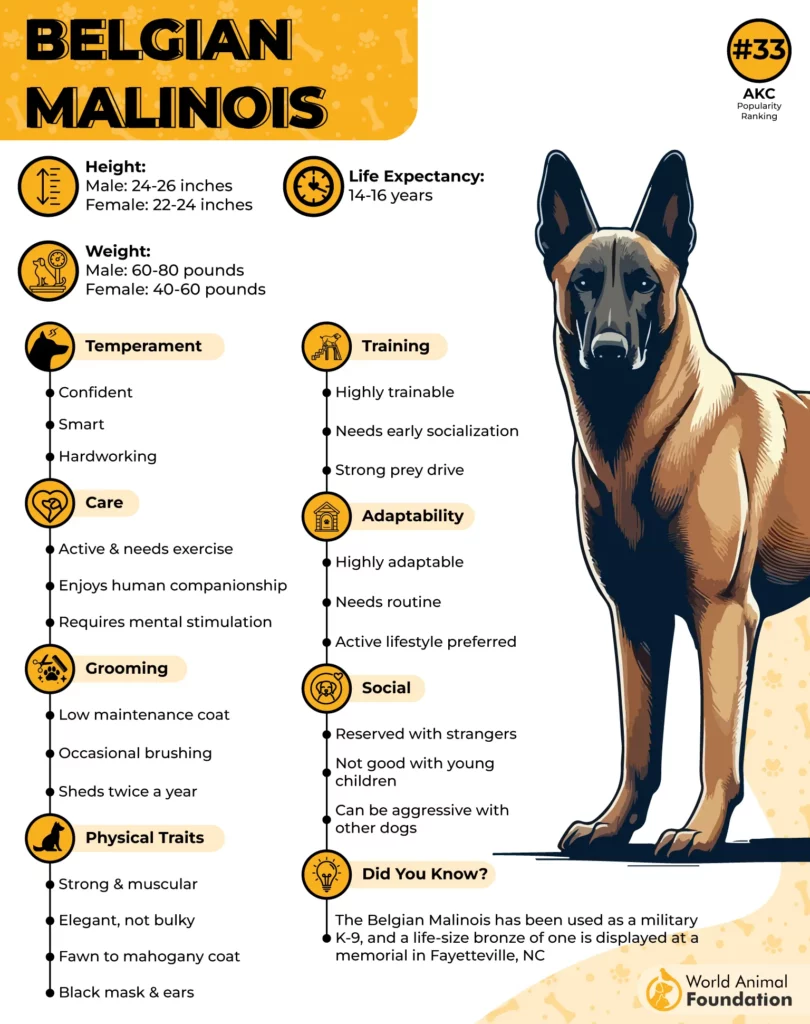
These dogs are true canine athletes, combining strength, stamina, and intelligence in one package. Generally robust and healthy, they have fewer hereditary problems than many breeds, though they can be prone to cataracts with age.
With proper exercise, mental challenges, and regular checkups, they remain active and happy well into their senior years. For people who love outdoor adventures and want a loyal, energetic companion, the Malinois can be both a devoted friend and an effortless partner in an active lifestyle.
8. Greyhound
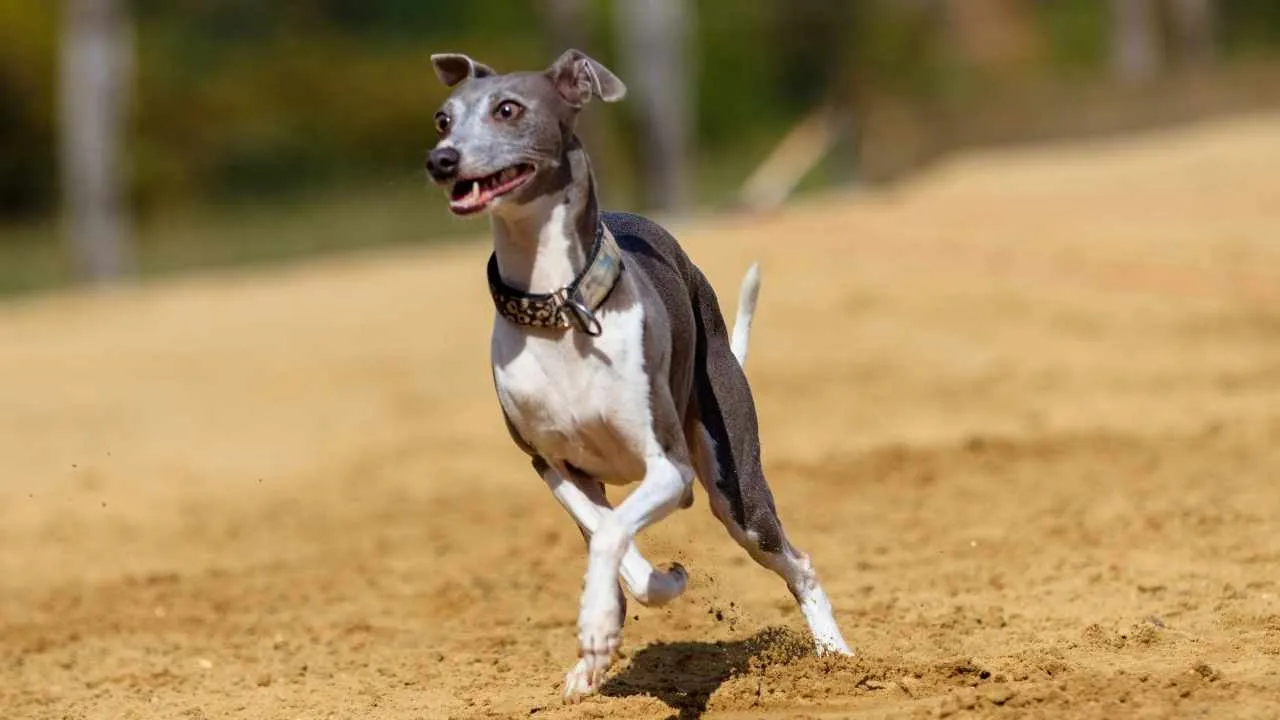
The Greyhound is one of the most iconic and oldest breeds. With a long neck, deep chest, muscular hindquarters, and a smooth, short coat in various colors, it’s easy to see why they were long associated with aristocracy.
Britannica says that these pups are known for being one of the fastest dogs on the planet, and can reach speeds of up to 45 miles per hour.
Yet they’re equally famous for their calm and gentle nature once the race is over.
Despite their athletic appearance, Greyhounds are surprisingly low-maintenance companions. They need only moderate daily exercise and adapt well to a quiet home life. Generally healthy and resilient, they have fewer hereditary problems than many large breeds, though occasional heart screenings are recommended as they age.

With minimal grooming needs and a love of lounging, they transition beautifully from racing dogs to affectionate, easygoing pets who are as content with a soft bed as they once were on the track.
9. Havanese
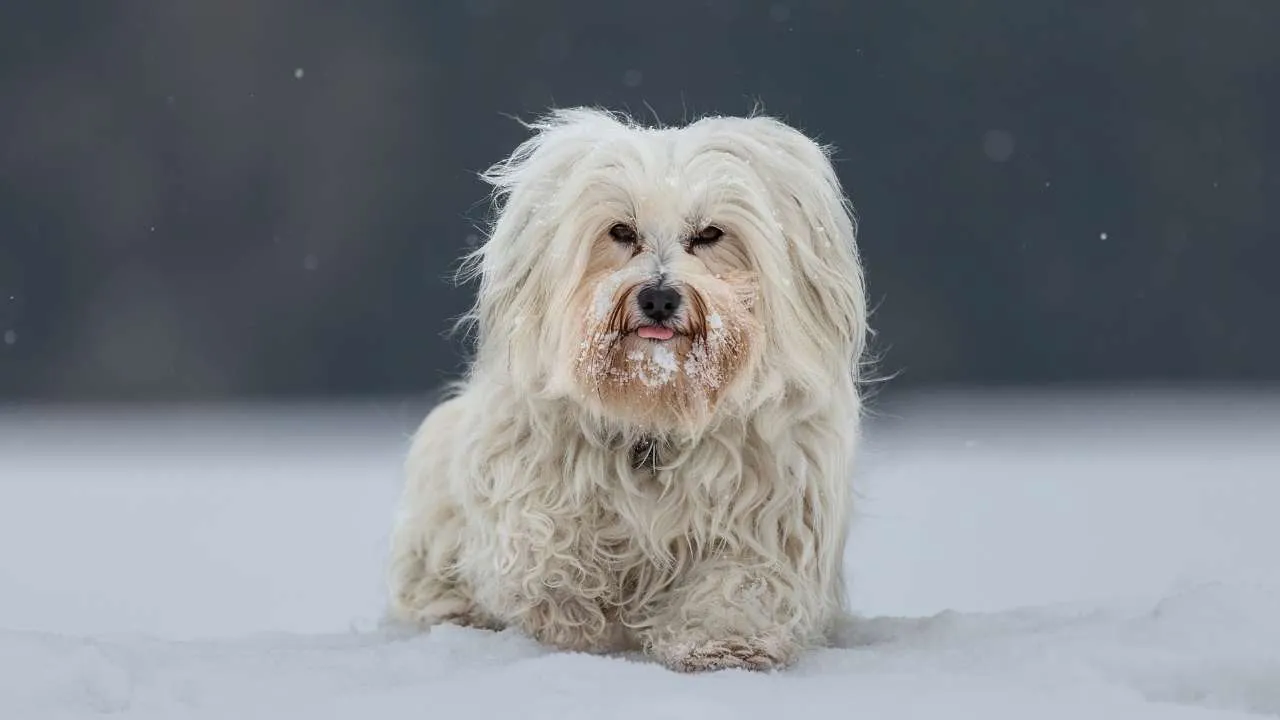
The Havanese is a lively and affectionate toy breed, standing just under a foot tall and weighing between 7 and 13 pounds. A member of the Barbichon family, it’s the only breed native to Cuba.
Once called the Havana Silk Dog or Spanish Silk Poodle, the Havanese has a long history as a beloved companion, admired for its silky coat, cheerful personality, and charming expressions.
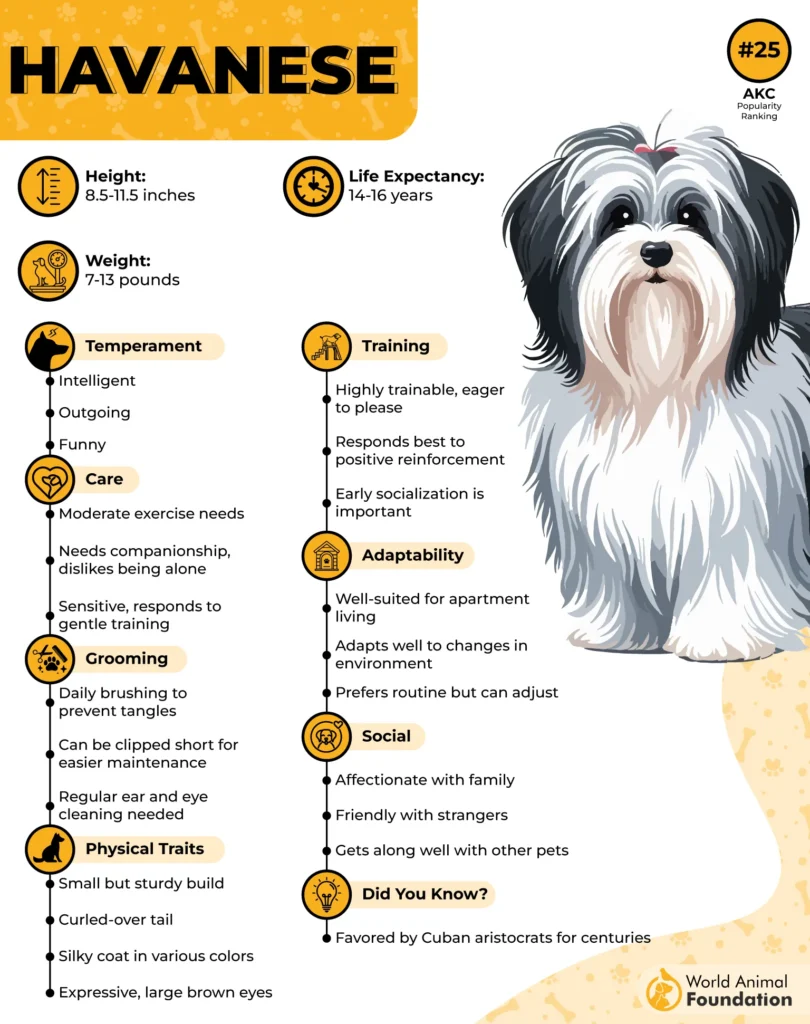
These little dogs are generally healthy and long-lived, with fewer inherited conditions than many other toy breeds. Regular grooming and good dental care are usually all they need beyond routine checkups.
Their compact size helps them avoid many mobility problems, and their playful, spirited nature keeps them active and engaged. For families looking for a small companion with a big heart and relatively simple care needs, the Havanese is a delightful choice.
Conclusion
Bringing a dog into your life means sharing love, laughter, and plenty of unforgettable moments. While no dog is completely free from the need for care, some are naturally more resilient and require fewer trips to the vet. With the right balance of exercise, mental stimulation, and routine checkups, most dogs can stay happy and healthy for many years.
Then there are other healthy breeds that rarely need to visit the vet. These include the Anatolian Shepherd, American Foxhound, Rat Terrier, Poodle, and German Shorthaired Pointer.
At the end of the day, what matters most is the bond you build. A little attention to their diet, grooming, and overall well-being goes a long way. When you give them the time and care they need, they’ll repay you with loyalty, companionship, and a whole lot of joy for as long as they’re by your side.


